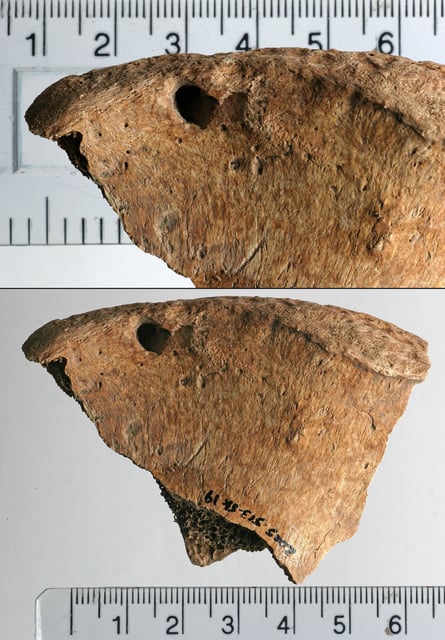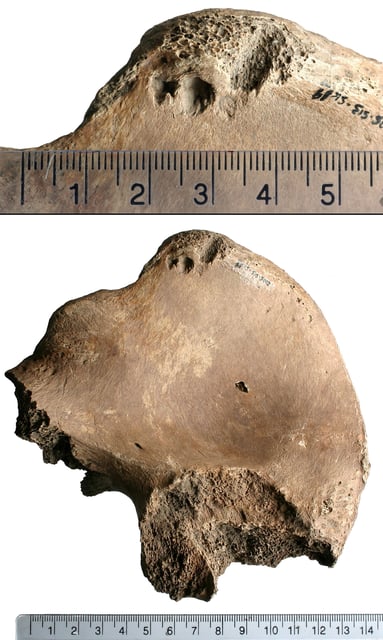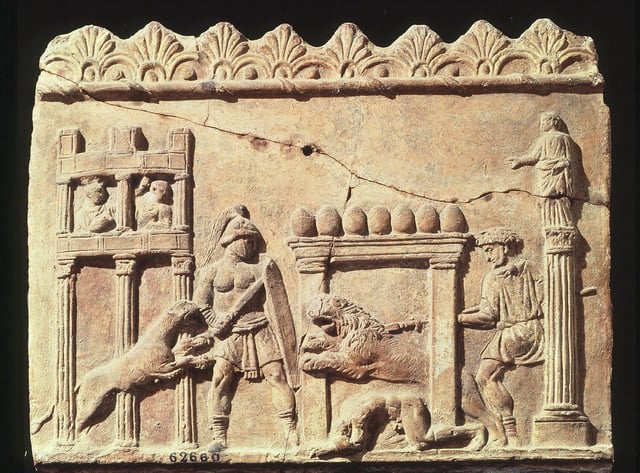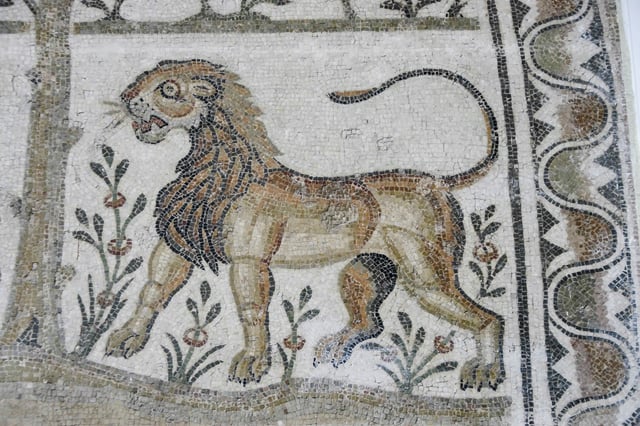Overview
- Researchers identified big cat bite marks on the pelvis of a skeleton from York's Driffield Terrace cemetery, dating back to 200–300 CE.
- The study provides the first direct physical evidence of human-animal combat in Roman gladiatorial spectacles in Europe.
- Advanced 3D scanning techniques matched the bite marks to a large feline, likely a lion, suggesting the individual died in or after an arena event.
- The discovery highlights that such brutal gladiatorial contests extended to provinces like Roman Britain, not just major cities like Rome.
- The cemetery, long speculated to be a gladiator burial site, contained 82 male skeletons, many showing combat-related trauma, including decapitations.



